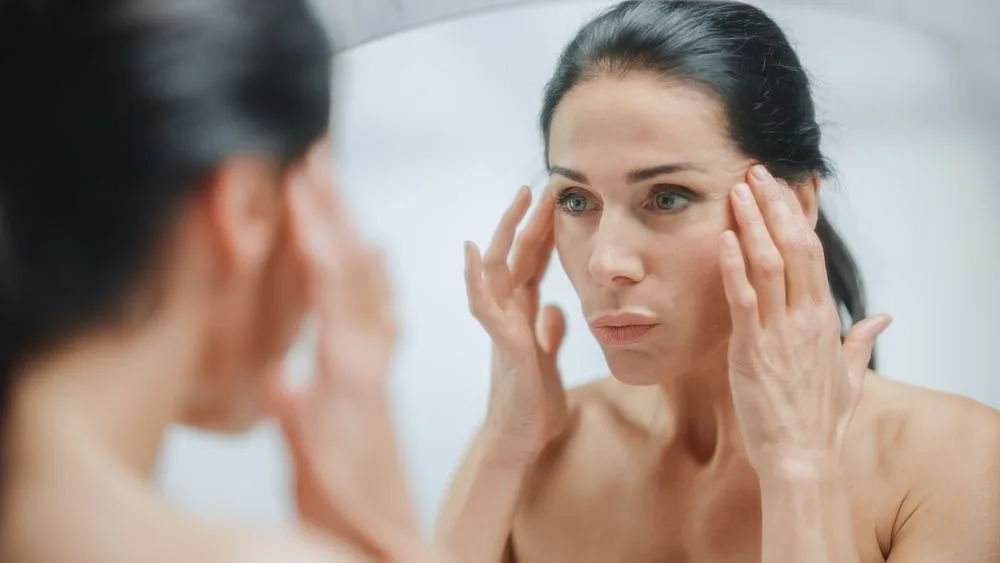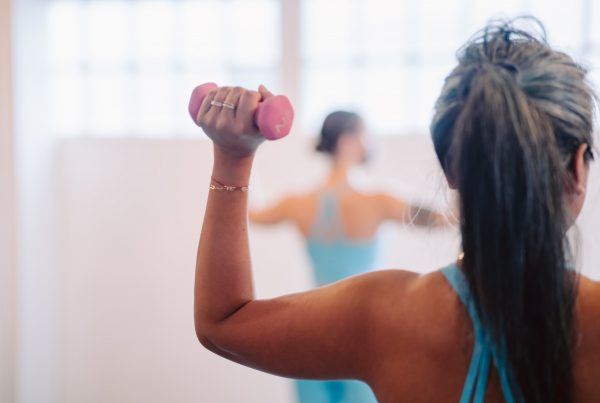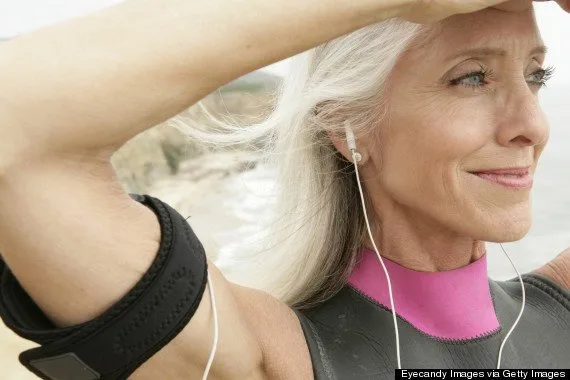Injectables have come a long way since the days of paraffin wax in the 19th century. From the introduction of bovine collagen, the first FDA-approved cosmetic filler, to the diverse range of modern options available today, the aesthetic landscape has evolved dramatically. Now, in 2025, we’re witnessing a refreshing pivot: the era of overfilled features is giving way to a more refined, skin-first approach. Subtle has officially become the new dramatic.
Subtle Anti-Aging
The latest formulations flowing through syringes are skin boosters, which are hyaluronic acid injected into the top layers of the skin with the main purpose of replenishing. This is where skin boosters enter the chat. A niche group of hydrating, smoothing hyaluronic acid-based formulations.
Choosing to invest in your skin health rather than simply masking flaws is an empowering shift we’re seeing in many of our patients. Skin boosters offer the opportunity to hydrate and strengthen the skin naturally, and the results are visible, but not overwhelming.
What are skin boosters?
Unlike dermal fillers that restore volume, skin boosters focus on overall skin quality, improving elasticity, texture, and hydration from the inside out. These treatments involve injecting hyaluronic acid (HA), a substance naturally found in the skin, to restore moisture and encourage collagen and elastin production, which are essential for building and repairing skin tissue, and providing the skin with a youthful glow.
Skin boosters vs fillers
While both fillers and skin boosters fall under the umbrella of injectable treatments, they serve fundamentally different purposes. Dermal fillers are structural agents, often used to contour the face by restoring or adding volume to targeted areas like the cheeks, nasolabial folds, lips, or jawline. They work by reshaping and supporting facial architecture.
Skin boosters, however, represent a more nuanced, skin-centric approach. Instead of altering facial volume, these treatments focus on improving skin texture, elasticity, and overall appearance. They typically use micro-injections of HA to boost collagen and elastin production. The result is subtle yet transformative: smoother, more elastic, radiant skin without altering the face’s natural contours.
The benefits of skin boosters
Skin boosters are gaining traction among doctors and patients alike for their ability to visibly improve skin quality with little to no downtime. By delivering HA directly into the dermis, they provide intense, long-lasting hydration that topical products simply cannot match. This deep hydration translates into enhanced skin elasticity and suppleness, making the skin appear more youthful and resilient.
Beyond hydration, they visibly refine skin texture, reducing the appearance of fine lines and crepiness often associated with early ageing or environmental stress. They also contribute to improved elasticity over time, as collagen synthesis is gradually encouraged through each treatment. Skin boosters are also a great tool in targeting difficult to treat areas like the under eyelid skin and smile lines on the lower cheek.
What are the side effects of skin boosters?
As with any injectable treatment, skin boosters come with potential side effects, though they are typically mild and temporary. Common post-treatment responses include slight swelling, redness, and occasional bruising at the injection sites, particularly in delicate areas such as the under-eye region. Small papules or bumps may appear immediately after injection but resolve within 12 to 24 hours.
Technique, depth of injection, and product selection all influence the safety and success of treatment. With the right approach, skin boosters offer a low-risk, high-reward pathway to healthier, more radiant skin, making them an increasingly attractive option in modern aesthetic medicine.
Why now?
Skin boosters have gained popularity not only due to their minimal downtime, but because they speak to a broader cultural desire for authenticity and longevity. Skincare routines are no longer about 10-step regimens or dramatic makeovers; they’re about sustainable skin health.
Social media is also shaping the way we view skincare. Viral content on #SkinStreaming (a trend prioritising fewer, more effective products) and the popularity of dermal health-focused creators have placed science-backed treatments front and centre. It’s no longer about anti-ageing; it’s about ageing well.
Skin boosters are not about transforming your face; they’re about enhancing what’s already there. As the seasons change, so does our skin, and treatments like these offer a chance to support that transition, not resist it.
To learn more about tailored treatment plans, visit my website.



![women [longevity live]](https://longevitylive.com/wp-content/uploads/2020/01/photo-of-women-walking-down-the-street-1116984-100x100.jpg)










